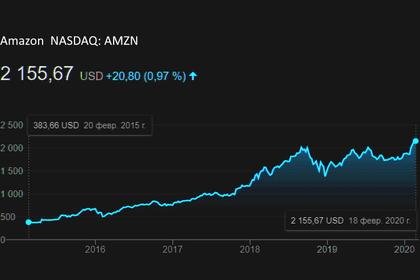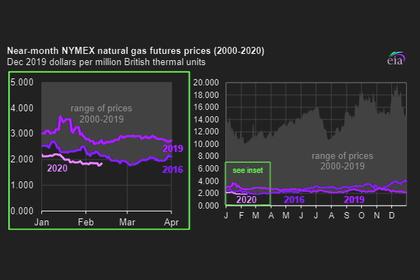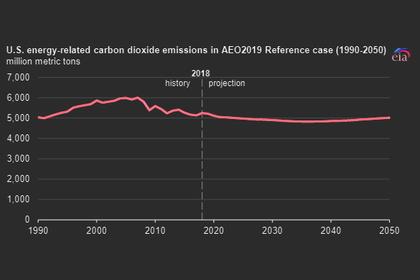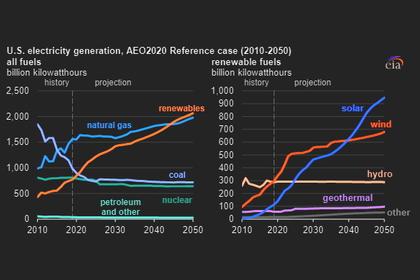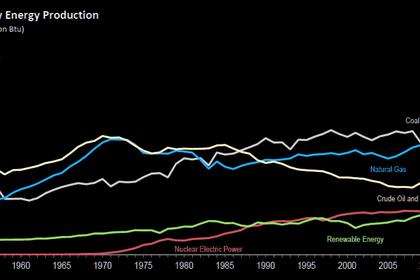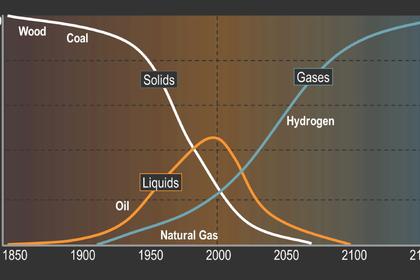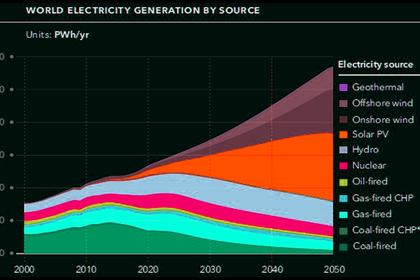
ENERGY CONSUMERS' NEEDS 2020
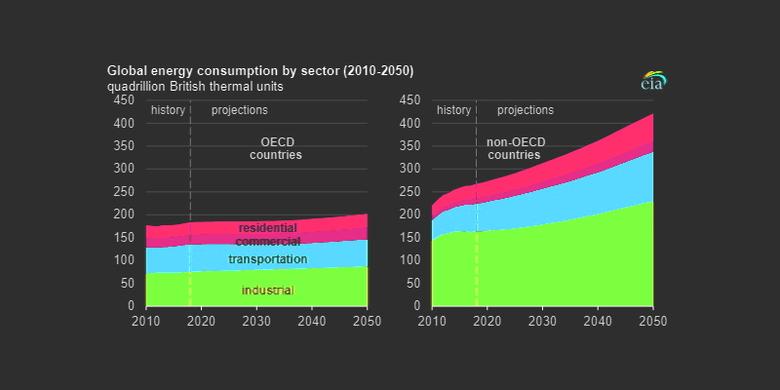
By Patty Durand, President & CEO Smart Energy Consumer Collaborative (SECC)
ENERGYCENTRAL - Three Themes on Energy Consumers' Needs for 2020
A decade ago, when the Smart Energy Consumer Collaborative (SECC) was founded, electricity providers typically viewed customers on the other end of the meter simply as “bill payers,” “ratepayers” or even “load.” While the energy industry has made progress in becoming more customer-centric since then, customers’ expectations for their providers remain high, and their needs today are many.
In 2019, SECC sought to better understand the expectations and needs of today’s residential energy consumers through four primary research reports, which included deep dives into time-varying electric rates and distributed energy resources (DERs) and the seventh iteration of SECC’s flagship “Consumer Pulse and Market Segmentation” study. The “2020 State of the Consumer” report synthesizes the findings of SECC’s 2019 research and insights from case studies about leading consumer programs and the consumer-focused components of a U.S. Department of Energy report.
Based on more than 7,500 survey responses from consumers in the U.S. and Canada throughout 2019, here are three themes on the needs of today's energy consumers:
1) Consumers are more ready than ever to engage on energy.
The results of several SECC studies from 2019 indicated that consumer interest in energy issues and programs continues to grow. For example, the “Rate Design: What Do Consumers Need and Want?” report found that a majority of residential consumers (57 percent) preferred time-varying rate plans over traditional flat rates when presented various options in a conjoint analysis. As one might expect, more eco-conscious and tech-savvy segments exhibited the highest levels of preference at 68 percent and 62 percent; however, less engaged segments – the Movable Middle and Energy Indifferent – demonstrated a preference for time-varying rates at surprisingly high levels (46 percent).
SECC’s updated segmentation from the “Consumer Pulse and Market Segmentation – Wave 7” study provides another revealing data point on consumers’ interests today. In the new segmentation, both the Green Innovators and Tech-savvy Protégés have characteristics similar to the Green Champions segment from the old framework. However, while the old Green Champions segment comprised only 30 percent of consumers, the two new segments combined represent 45 percent of consumers. The Tech-savvy Protégé segment is only somewhat less likely to engage in energy-saving programs and scores right behind Green Innovators in metrics like the importance of environmental benefits, demonstrating that sustainability and interest in energy issues have become much more widespread in today’s society.
Yet, while consumer interest in smart energy technologies and programs has reached an unprecedented level, participation still lags in many cases. This likely due to several prominent hurdles, which we’ll explore next.
2) Consumer expectations are shaping the future.
Today’s energy consumers are asking for more from their electricity providers and third parties: more options, more personalization and more innovation. For consumers of all generations and segments, technology is now a core component of daily life, and the experiences that consumers have with Netflix, Amazon, financial companies, Lyft and other companies are impacting their expectations for their electricity providers and energy technology generally. According to SECC’s “Spotlight on Millennials” report, these expectations are even higher for younger consumers.
For example, when consumers interact with their bank through an app or online, they expect a similar level of customer experience from other organizations that they interact with. In response to an SECC consumer survey, one respondent summed this expectation up succinctly, “The best service that I get anywhere is the service I expect everywhere”. If consumers are getting good service from one industry, that raises the bar for what they expect from all other service providers – regardless of industry.
Not only do today’s consumers want smart energy programs and technologies – including DERs, smart home devices, time-varying rate plans and energy efficiency options – as indicated in theme one, they want these offerings to provide a customer experience that’s digital, easy, convenient and on their terms.
3) Education remains a clear opportunity to increase energy engagement.
Finally, one of the most important and consistent findings from SECC’s consumer research is the need for more consumer education. Like previous “State of the Consumer” reports, the “2020 State of the Consumer” report points to education as a requirement to increase energy engagement and address the needs of today’s consumers.
Across SECC’s 2019 research reports, consumers report low awareness and understanding on energy issues, programs and services – from energy efficiency and alternative rates to electric vehicles and renewable energy. For example, in the “Rate Design: What Do Consumers Need and Want?” report, few consumers were able to accurately identify their current rate plans, and awareness of alternative rates, such as time-of-use rates, real-time pricing and variable peak pricing, was generally low. However, once consumers were educated on these rates, the majority preferred them over traditional flat rates.
Today’s consumers are often unaware of the options available to them through their electricity providers and other stakeholders, and if they are aware, they often struggle finding information that’s relevant to them and their lives. Providing consumers with reliable and clear information on relevant offerings is foundational for developing satisfied and engaged consumers.
Conclusion: Consumers ready to engage if needs are met
It’s an exciting time in the energy industry as electric utilities across the U.S. set decarbonization targets and technologies like smart meters, smart home devices and DERs mature and proliferate. However, as shown in SECC’s “2020 State of the Consumer” report, industry stakeholders still have a lot of work to do to engage consumers in this smarter, cleaner energy future. Consumers need access to solutions that fit their daily needs and match their expectations and need information that relays the benefits of participation in an easy-to-understand manner.
-----
This thought leadership article was originally shared with Energy Central's Customer Care Community Group. The communities are a place where professionals in the power industry can share, learn and connect in a collaborative environment. Join the Customer Care Community today and learn from others who work in the industry.
-----
Earlier:
